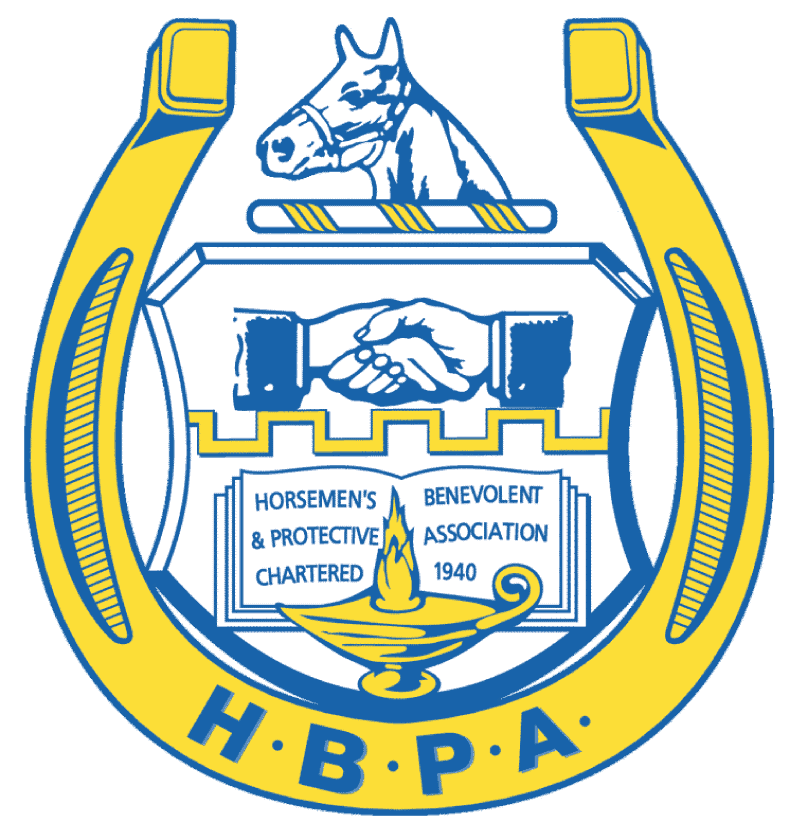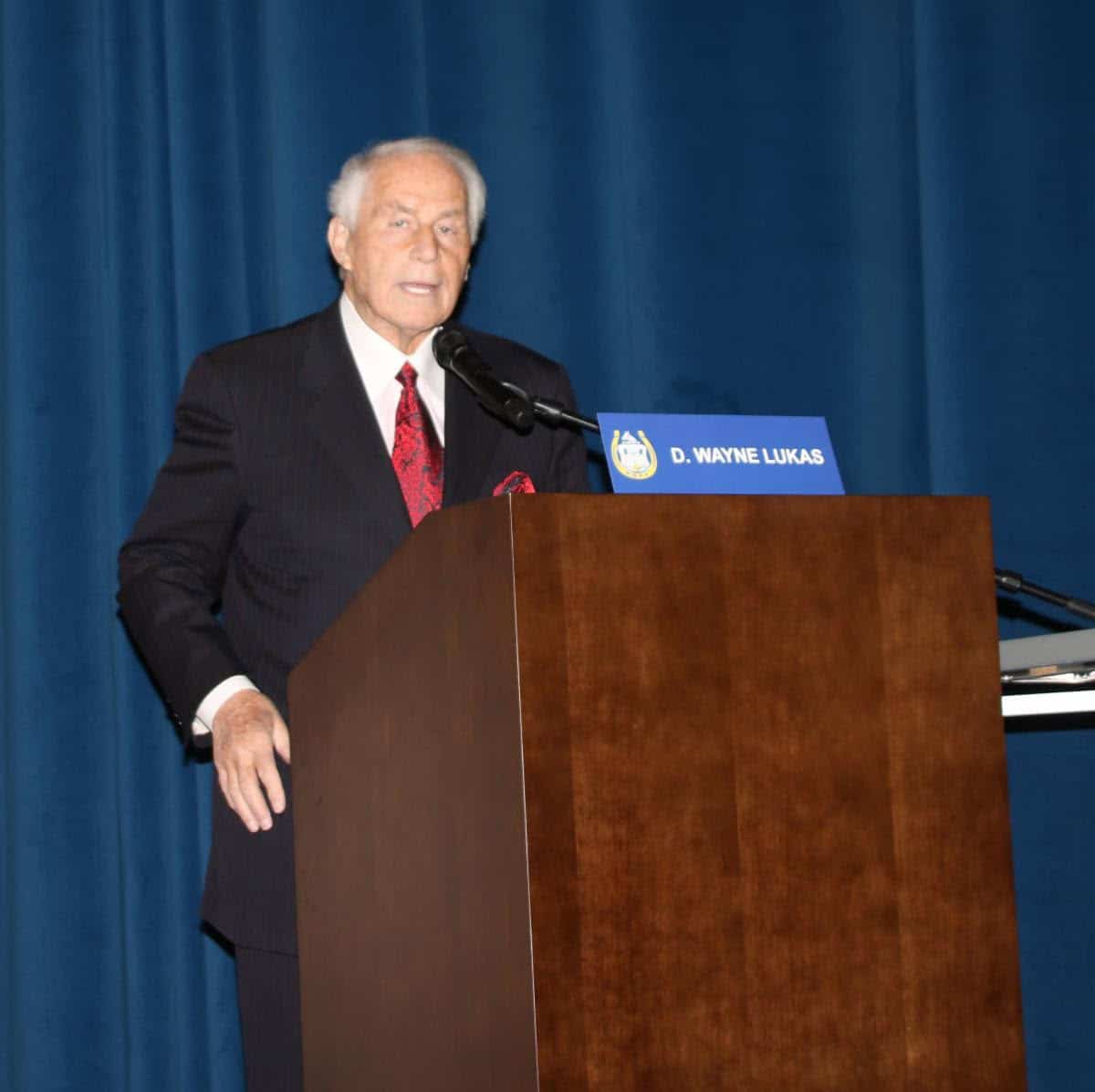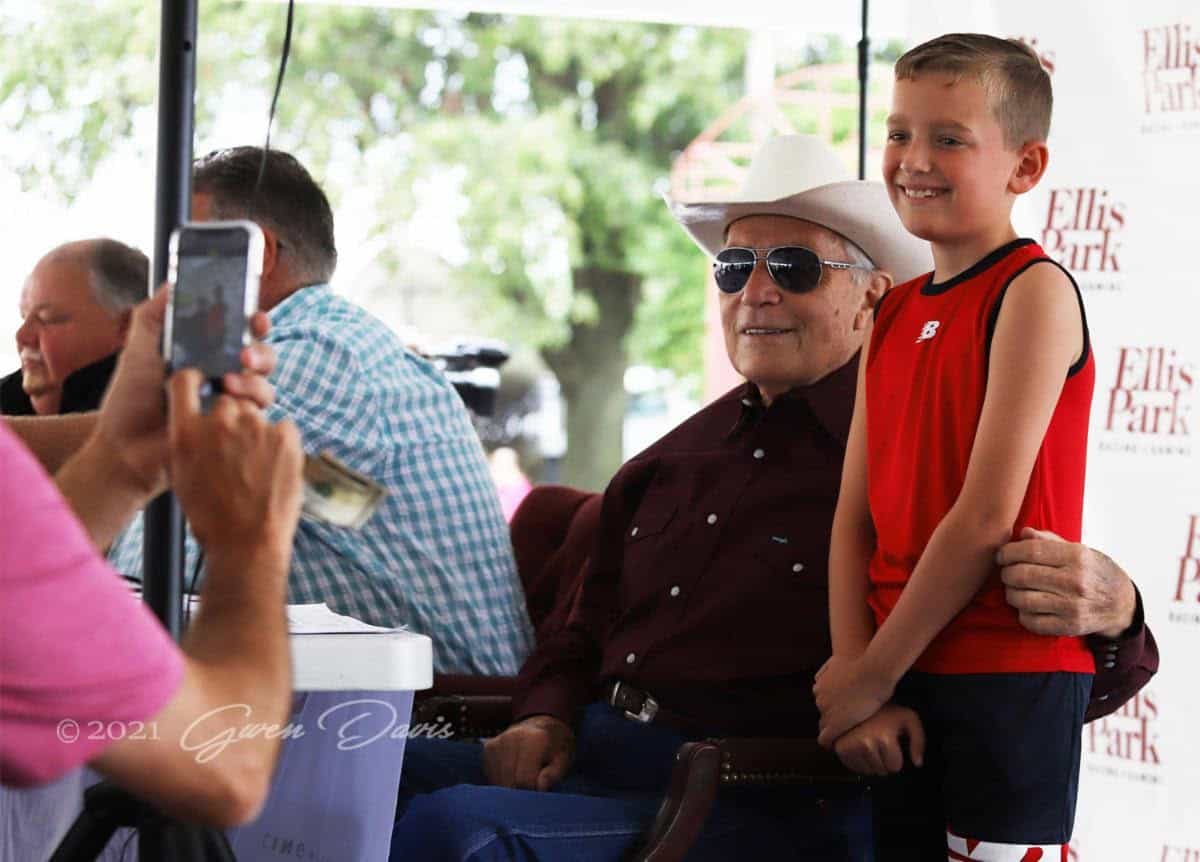Basler op-ed: Rooney’s HISA views don’t hold up under scrutiny

Photo courtesy John Engelhardt
An op-ed by Dave Basler, executive director of the Ohio HBPA:
Recently Tom Rooney of the NTRA released a statement regarding the Horseracing Integrity and Safety Act (HISA). I agree with Mr. Rooney that change is never easy, especially when the change is being forced by a private entity given governmental authority through what many believe is an unconstitutional piece of legislation. I am pleased to hear Mr. Rooney admit that one of the most common concerns he has heard since becoming NTRA president and CEO revolves around the bipartisan bill signed into law by President Trump in 2020 known as HISA. I, as well as my members, have been expressing these concerns throughout this process yet very few to none of the concerns seem to get addressed by the HISA Authority.
Mr. Rooney states as a matter of fact that thoroughbred racing has needed change for quite some time. I would like to see those facts. What proof does Mr. Rooney point at to say “the path we were going down was not sustainable”? The reality is our industry has been positively changing for many years. There have been dramatic changes limiting the use of many therapeutic medications as well as their proximity to when a horse races. These changes in part have been responsible for a 30% decline in equine racing fatalities since the inception of records kept by the Jockey Club in 2009 to an all-time low of 1.39 per 1,000 starts in 2021.
As the saying goes, “No one writes about the banks that don’t get robbed,” and we cannot say all the facts point to an unsustainable industry if HISA is not in place. The reality is that Saratoga set an all-time handle record in 2021. A host of other tracks have done the same over the past several years. I have heard for the past quarter of a century comments such as “the industry isn’t sustainable” over one issue after another, none of which have proven to be true. There certainly is zero proof that anything in HISA will improve the sustainability of the industry. I do agree with Mr. Rooney about being optimistic, and that if allowed to work together there is a way to preserve horse racing’s future.
Mr. Rooney proclaims that HISA officials are doing all they can to educate and communicate with industry stakeholders. If anything, HISA’s education arm is almost as poor as its communication arm. Therefore, it’s important to dissect some of Mr. Rooney’s “facts” from his recent release.
To begin with, Mr. Rooney states that HISA regulations are very similar to those long used by state horse-racing authorities and courts usually affirm those powers. “Licensed individuals are able to participate only under the terms of their license and if rules are violated, that license can be revoked,” he writes. That is true. However, participants in racing are not licensed by HISA; participants are “registered” with the Authority. The fact that HISA staff is now conflating the two makes the Authority look as though it is a regulatory body. It is not. It is a private entity that has been given governmental authority. That is a critical distinction: the terms of a racing license grant powers to a governmental authority, not a private entity.
Mr. Rooney states that “HISA provides a long needed, nationwide voided claim rule which will standardize the process for all claims, eliminate confusion and protect owners and trainers.” Rooney further states “it will require a claim be voided in five specific circumstances (death, euthanasia, bleeding, being vanned off the track or testing positive for prohibited substances) making the rules clearer and leveling the playing field.”
Rooney conveniently leaves out the most criticized and controversial section of rule 2262, which requires a claim be voided in cases where “the Regulatory Veterinarian determines within one (1) hour of the race that the Horse will be placed on the Veterinarians’ List as Bled, physically distressed, medically compromised, unsound, or lame before the Horse is released to the successful claimant.”
This section of the rule requires a completely subjective determination by Regulatory Veterinarians whose qualifications to judge such matters vary widely from jurisdiction to jurisdiction. Further complicating this section of the rule is that there is ZERO guidance given in the rule as to how the post race “unsoundness” or “lameness” of a horse is be determined by the Regulatory Veterinarian. Post race voided claim exams currently vary widely from track to track with some being as simple as the horse being observed walking while Regulatory Veterinarians at other tracks are flexing the horses legs as part of this determination. This is anything but a standardized process which eliminates confusion and protects owners and trainers as Mr. Rooney states.
Mr. Rooney states “HISA has worked with stakeholders from every facet of the industry to make the Advisory Committees as representative and inclusive as possible. HISA has also sought and received public comment on every proposed rule and regulation, so that any parties not directly represented on the Committee could share their input. While it is impossible for everyone to have a seat at the table, the Authority has made every effort to have the representation and input be as wide-ranging as possible.”
Where do I start with this one? There is NO horsemen’s representative on ANY of the standing committees despite the fact that the majority of these rules are directed at the horsemen. While it is true that HISA received public comments on the proposed safety rules, the Authority made NO substantive changes to them despite over 700 pages of public comments being submitted by every facet of the industry.
Hall of Fame jockey Johnny Velazquez was appointed to one of the HISA Advisory Committees but his suggestions were seemingly completely rejected by the Authority. Subsequently the Jockeys’ Guild, which Velazquez serves as the Co-Chairman of, became one the plaintiffs in the federal lawsuit filed in Louisiana opposing HISA.
Further proof that industry input was ignored by HISA can be found in the implementation delay of two of the safety regulations until August 1, 2022: the banning of traction devices on horseshoes on both front and hind feet and requiring a new riding crop that simply wasn’t available in adequate quantities and produced by a single source at the time the rule was promulgated. Put aside the highly questionable wisdom of either regulation. Industry participants’ early concerns about available supply of permitted horseshoes and whips went unheeded, requiring delayed implementation that demonstrates the HISA Authority wasn’t prepared to launch and hasn’t listened to industry concerns. To this date, only a week from implementation of these rules, there isn’t an adequate supply of compliant horseshoes forcing blacksmiths around the country to grind off toe grabs in order to try to comply with the rule.
Regarding the costs of the HISA Assessments, Rooney concludes “In the end, if it leads to a safer sport with a higher degree of transparency and integrity, then it will be money well spent.”
There is no evidence to indicate based on the highly flawed roll out of HISA in July that it will lead to a safer sport with a higher degree of integrity. In fact, I would say the evidence points to the contrary. Here in Ohio we have already had a horse wrongly disqualified for wagering purposes for a violation of rule 2282 for overuse of the whip, which should have been for purse purposes only and incorrectly penalized people who had wagered on the horse. This mistake has been acknowledged by the HISA authority.
Additionally, the registration process has been nothing short of terrible with thousands of individuals and horses not registered to this day. Practicing veterinarians have become so frustrated with the glitches in the electronic reporting system they have resorted to emailing the daily records they are required to report to HISA directly to HISA CEO Lisa Lazarus. I could fill three more op-eds with the list of issues with HISA — and that doesn’t count the current medication proposals that have yet to be submitted to the FTC and which are nothing short of a disaster. Oklahoma Racing Commission Chairman Joe Lucas recently summed it up very well, stating “The Authority has failed to uphold the duties on which their foundation exists.”
When I got into thoroughbred racing nearly 40 years ago it was the greatest sport in the world. I believe, like many others, it is still the greatest sport in the world today. The people who care for these horses are some of the most dedicated, passionate people you will ever meet. I want future generations to be able to enjoy and participate in this industry as I have.
While for various reasons many of the people and groups in the industry aren’t as vocal with their concerns regarding HISA as I am, make no mistake major concern over HISA permeates the industry. Go to the barn area at any track operating under the HISA regulations and speak to trainers, owners, jockeys, exercise riders, grooms, blacksmiths and veterinarians and you will hear these concerns. They are not a whisper but rather a roar.
My hope is that the Authority, HISA staff and members of Congress do not dismiss these concerns but rather hear them and begin a meaningful dialogue with industry participants before it is too late.





